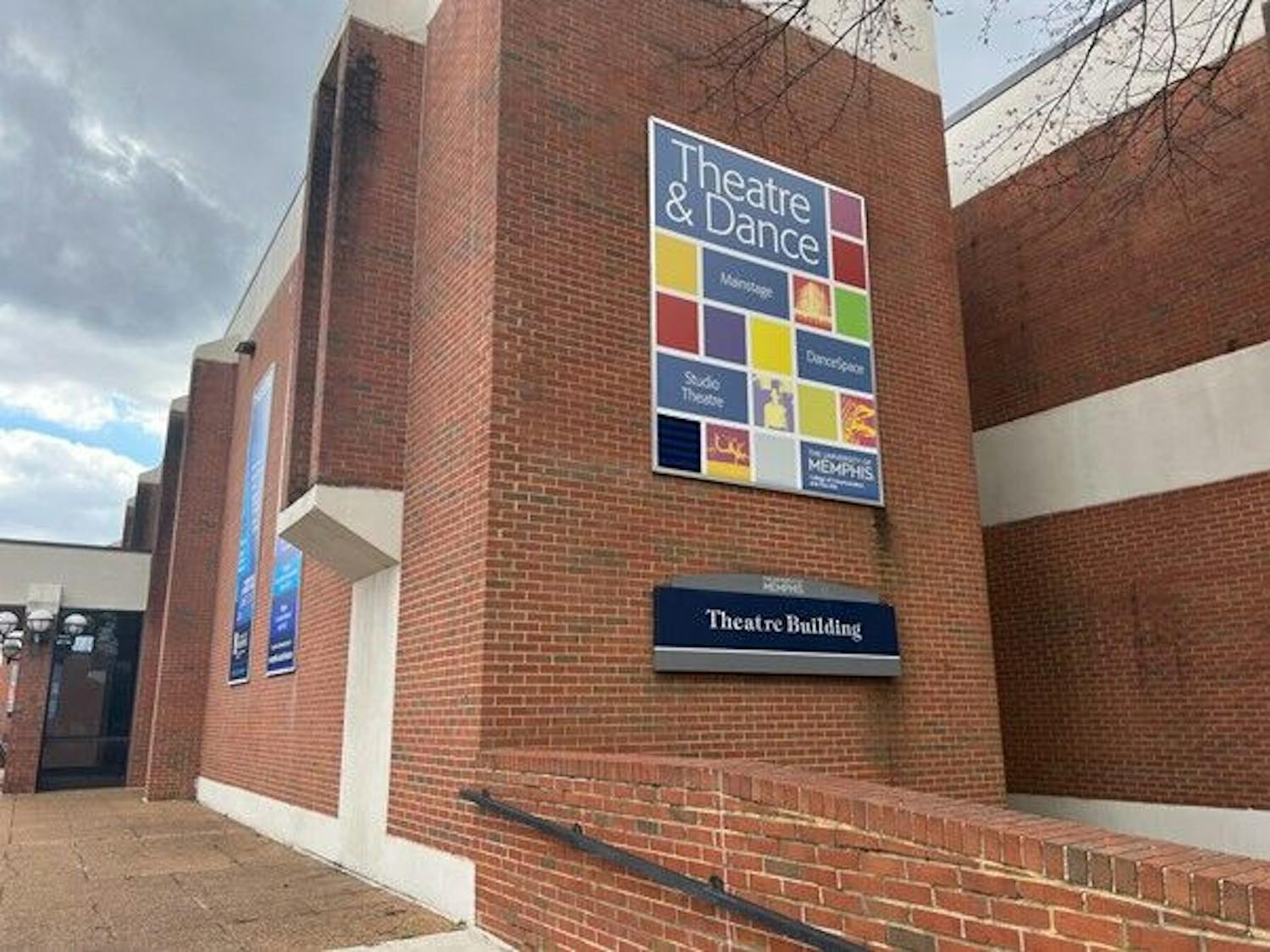Austin Cotton plodded home in the summer heat, exhausted.
As a bead of sweat trickled down his cheek, the carpenter raised his coarse, blue-collar hands to his head, shielding his eyes from the sun’s unforgiving rays.
It was May 1 of 1866 in Memphis, Tennessee, and Cotton, a former slave, struggled through his first year of freedom. As he passed Hollowell’s Grocery, Cotton heard a scream.
“Halt you damned n*****,” someone cried. “Or we will knock you on the head!”
Cotton didn’t move. Within seconds he was seized by a stranger.
Then, before the freed man could act, another man slammed him over the head with a pistol.
The blow crippled Cotton, but in a daze, he noticed familiar symbols on the men.
The symbols were stars.
These men were police officers.
Few know of the Memphis Massacre, a series of Mid-South atrocities committed against African Americans between May 1 and 3 of 1866.
It was a dark time in the city’s history. The massacre resulted in the raping of five black women, the burning of Memphis’s black churches and schools, injuries to over 200 and the needless murders of at least 46 African Americans.
But when asked about it, Memphians have next to no knowledge on the subject.
University of Memphis freshman Michael Jordan certainly didn’t have any. “I might have heard of it,” the 18-year old biomedical engineering major said. “But I can’t remember what it is.”
Ashley White, 21, was another U of M student unfamiliar with the 1866 massacre.
“The what?” the nursing major said of the massacre. “Yeah, I don’t know what that is.”
It’s this kind of unawareness several U of M employees are hoping to dispel.
Professors Susan O’Donovan and Beverly Bond of the history department, along with Professor Andre Johnson of the communications department, have teamed up to create the Memphis Massacre Commemoration Project, a venture they hope will bring knowledge to the horrific acts of 1866.
“We’re trying to generate a discussion,” O’Donovan said. “We’re trying to help people learn about it. It’s one of those stories where all the historians know it, but no one else knows it.”
To inform U of M students, O’Donovan, Bond and Johnson have organized a series of events on the massacre.
Johnson presented a lecture on Feb. 16, and O’Donovan gave one on Feb. 19.
There will be another one on March 17 at Rhodes College and an Academic Symposium on May 20 and 21 at U of M.
O’Donovan also hopes the project will force the city to recognize these tragedies.
“This was three days of concentrated intense race violence towards African Americans,” she said. “And Memphis has done a marvelous job of just completely erasing this history. There’s no plaque, no monument, nothing. They’ve made it disappear.”
The policemen continuously pounded Cotton on the head. Dazed and confused, he didn’t understand what was happening. He hadn’t done anything wrong.
“If you can bring a colored man or a white man that will say I have spoken a cross word in eight years,” he later said to a special investigations committee, “than you take me out and hang me today. I have not had any disturbances since I’ve been in Memphis.”
Despite his innocence, Cotton knew he had to get away. He focused his energy and sprang from the police, dashing into Hollowell’s Grocery. The officers didn’t follow.
Instead they turned their attention to another African American in the area. It was Jackson Godell, an African American Civil War veteran who fought in the 55th U.S. infantry.
The police pointed their pistols at him and fired. From inside, Cotton caught a glimpse of Godell, collapsed on the ground. The Memphis Massacre began when a unit of black Union soldiers were stationed at Fort Pickering.
Many former slave owners held a particular disdain for black soldiers, as it showed a changing of the guard.
“The bottom rail was now on top,” O’Donovan said. “These weren’t just free black men, these were armed free black men representing federal authority. It was their (slave owners) worst nightmare.”
But when the black soldiers were discharged, some southerners saw it as a window of opportunity.
There were ramifications to shooting a soldier, even in the South. But shooting a freed slave, not so much.
A mob was made in part by the Memphis City Police, and for three days, they terrorized the African Americans of South Memphis.
“They targeted African American soldiers, their families and anyone who got in their way,” O’Donovan said.
But the Memphis Massacre had an impact the mob didn’t expect. It served as a wake-up call for Congress, who took over post-Civil War reconstruction.
The 14th Amendment was passed two months later, granting citizenship to former slaves. In March of the next year they passed the Reconstruction Acts, sending U.S. military back to the South.
With the devastation it created and the effects it had, professors like O’Donovan are often left wondering why the Memphis Massacre is left unacknowledged by the city.
“What does it mean that we’re not talking about this,” she said. “What do we lose by not recognizing this event?”
Godell’s wife Lavinia was at home when she heard the news. A member of her church had informed her.
“Sister Lavinia, Jackson is killed,” the woman said. Lavinia raced to Hollowell’s Grocery where she found him dying on the ground.
She rested his head in her hands, and for the last time, said goodbye to her husband





